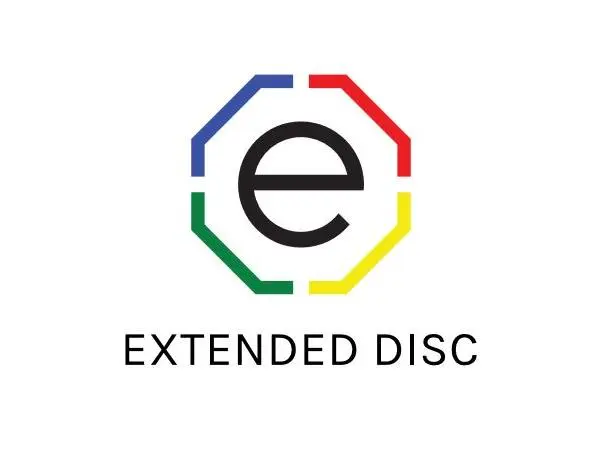The COVID-19 pandemic reshaped the business landscape, forcing companies to adapt quickly. While terms like “pivoting” and “new normal” became overused, the reality remains—businesses had to change, whether they continued operating or temporarily closed. This shift provided valuable lessons about resilience, preparedness, and strategic decision-making.
Key Business Lessons & Best Practices for Long-Term Success
1. Make Quick, Informed Decisions
Businesses that adjusted rapidly to new regulations and customer needs were able to minimize losses and maintain operations. The ability to make fast, well-informed decisions is crucial for long-term business resilience.
Lesson: If you can adapt quickly in a crisis, you can also make smaller strategic changes with confidence.
2. Prioritize Communication
Transparent communication with employees, customers, and suppliers during uncertain times builds trust and keeps operations running smoothly. Silence creates confusion, while regular updates ensure clarity.
Lesson: Over-communicate rather than leave your team and clients in the dark.
3. Embrace Digital & Technology Solutions
Businesses that had strong digital infrastructures—such as cloud-based systems, online sales, and remote work setups—were better equipped to manage disruptions.
Lesson: Invest in technology now to future-proof your business.
4. Streamline Systems & Processes
Efficient processes allowed businesses to pivot more easily. Companies with structured workflows and adaptable protocols were able to implement changes quickly without major disruptions.
Lesson: Establish clear systems to ensure seamless transitions when adjustments are needed.
5. Plan for the Future with a Vision & Strategy
Companies with long-term strategic planning were better prepared for economic shocks. Having a Vision, Mission, and Core Values statement helped teams stay aligned and focused.
Lesson: Regularly revisit and refine your business plan to prepare for potential disruptions.
6. Maintain Financial Preparedness
The pandemic highlighted the importance of cash flow management and having a financial cushion. Businesses with strong financial planning and savings were able to navigate shutdowns more effectively.
Lesson: Keep a 3–6-month financial buffer to weather unforeseen challenges.
7. Invest in Leadership Development
Strong leadership was a critical factor in business survival. Companies with leaders who remained calm, decisive, and adaptable managed the crisis better.
Lesson: Continually develop leadership skills to manage challenges effectively.
8. Work-Life Balance Matters
Many business owners realized they had been running at full speed without pause. The pandemic forced a slowdown, offering a fresh perspective on balance and sustainability.
Lesson: Take time to recharge—sustainable growth requires both efficiency and well-being.
9. Strengthen Hiring & Training Processes
Companies that had clear hiring and onboarding procedures were able to adjust their workforce efficiently when needed.
Lesson: Regularly assess your team structure and ensure proper training for agility.
10. Develop a Strategic Marketing Plan
Customer behavior shifted significantly during the pandemic. Businesses that proactively adapted their marketing strategies were more successful in retaining and attracting customers.
Lesson: Have a well-planned, adaptable marketing strategy to respond to changing consumer needs.
Final Thoughts: Turning Lessons into Action
If your business had strong practices in place before the pandemic, you likely managed the crisis better than others. If not, now is the time to integrate these lessons into your operations.
Businesses that plan, adapt, and invest in resilience will not only survive future challenges but thrive in an evolving market.









